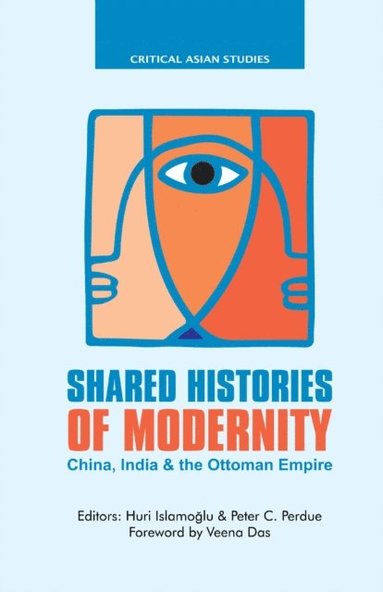
Fler böcker inom
- Format
- E-bok
- Filformat
-
PDF med LCP-kryptering (0.0 MB)
Om LCP-krypteringPDF-böcker lämpar sig inte för läsning på små skärmar, t ex mobiler. - Nedladdning
- Kan laddas ned under 24 månader, dock max 6 gånger.
- Språk
- Engelska
- Antal sidor
- 348
- Utgivningsdatum
- 2020-11-29
- Förlag
- Taylor & Francis
- ISBN
- 9781000087413
Shared Histories of Modernity E-bok
China, India and the Ottoman Empire
E-bok (PDF, LCP),
Engelska, 2020-11-29
Finns även som
Kundrecensioner
Har du läst boken?
Sätt ditt betyg »
Fler böcker av författarna
-
Global Connections: Volume 2, Since 1500
John Coatsworth, Juan Cole, Michael P Hanagan, Peter C Perdue, Charles Tilly
-
Global Connections: Volume 1, To 1500
John Coatsworth, Juan Cole, Michael P Hanagan, Peter C Perdue, Charles Tilly
-
China Marches West
Peter C Perdue
-
Asia Inside Out: 1
Eric Tagliacozzo, Helen F Siu, Peter C Perdue
Du kanske gillar
-
Peak Human
Johan Norberg
Inbunden -
Genocide Bad
Sim Kern
Häftad
